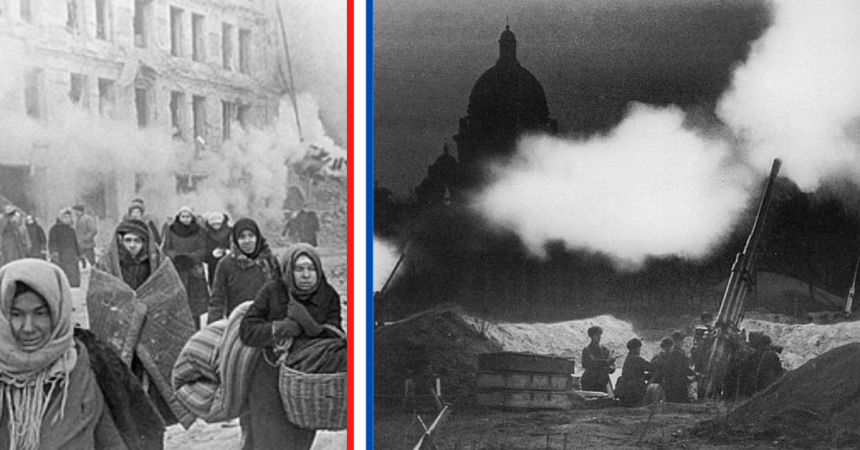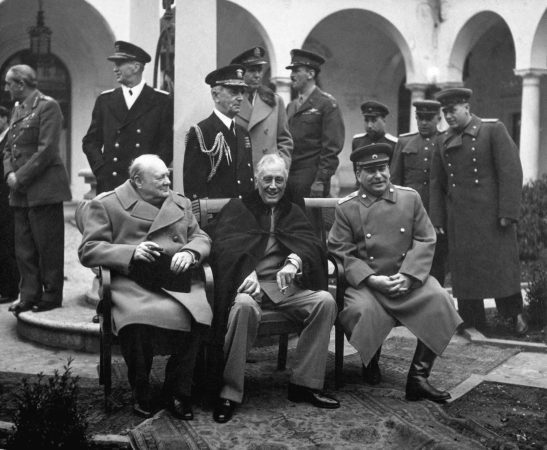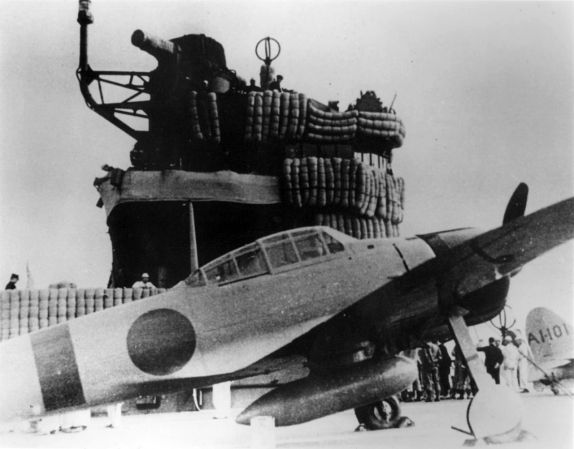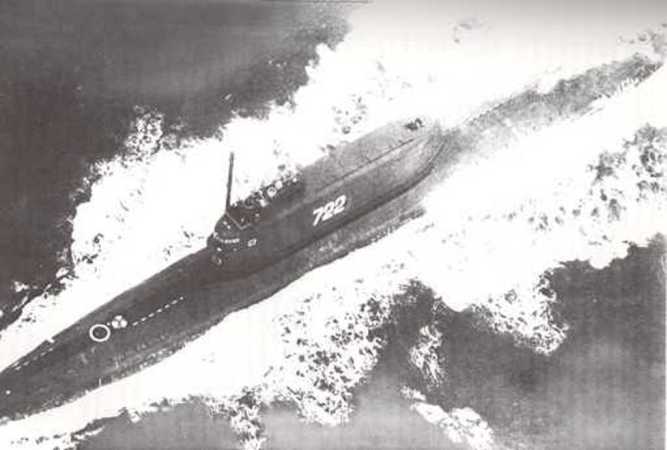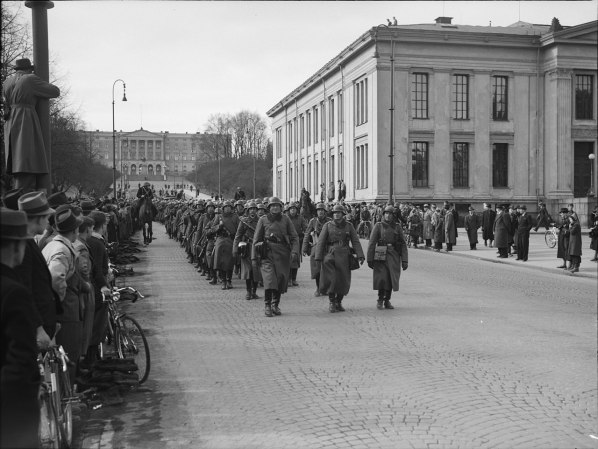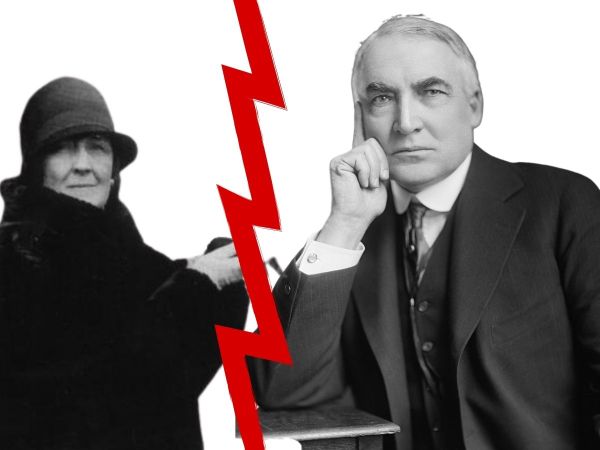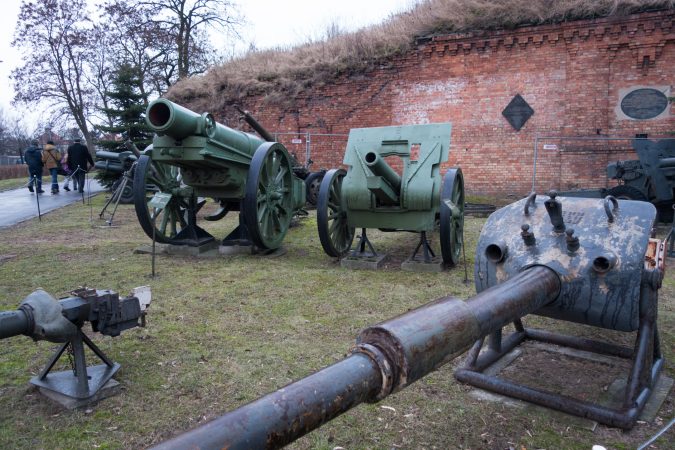Tamerlane, also known as Timur, Timur the Lame, or even Timūr Gurkān, was one of the most effective military leaders who ever lived. No matter what you call him, there’s no doubt he led a combined force of resurgent Mongols and Turkic people on their conquest of Central Asia, the Middle East, and into Russia and Egypt.
The Timurid Empire ushered in a Renaissance of arts and sciences in the Islamic World. He died without naming a successor. Timur was embalmed and entombed at Samarkand, his capital. The empire slowly began to decline after his death, but Gur-e-Amir, his tomb, endured and still stands today.
Then, in 1941, the Soviet Union decided to open Tamerlane’s tomb. What happened next has led many to believe the Soviets unleashed a centuries-old curse, one that nearly destroyed the Russian people.
In all the time Tamerlane expanded his borders, he invaded what we know as Russia and knew as the Soviet Union during the Cold War. His armies captured what would become part of the Soviet Union in the 20th Century, including Moscow, which he captured in 1395. After more than 40 years of conquest, Tamerlane turned his sights on China, but never quite got there.
After his death, his remains were interred at Samarkand, in what is today Uzbekistan. Unfortunately for the Soviet Union, Uzbekistan was part of the USSR which made Soviet researchers feel like they could just go and disturb Tamerlane’s centuries-long rest. It led to a string of bad luck that seemed to plague the USSR until they sealed the tomb once more.
In June 1941, Soviet anthropologists, including the famed archaeologist Mikhail Gerasimov, opened the tomb in Samarkand and exhumed the great leader’s body. Although they learned much of what they already knew (that Timur was a Mongol), they did learn that Tamerlane was also very tall for the time period, around 5’8”. They were also able to confirm that Tamerlane was, indeed, lame.

Judging from the remains of his leg, the anthropologists determined that he would have had to keep his knee bent at all times, and would have walked with a limp. This was all fascinating, so fascinating the scientists ignored the warning on the crypt door, which read: “When I rise from the dead, the world shall tremble.”
They also ignored the warning on his ebony casket: “ “Whomsoever opens my tomb shall unleash an invader more terrible than I.” That might not have meant much to them at the time, but it was probably way more pronounced two days later, when Nazi Germany invaded the Soviet Union.
Gerasimov recreated the faces of some 200 famous people, and Tamerlane was just one of them. So the world knows Tamerlane was lame, sported a red beard, and looked every bit as fearsome as one might expect. All of that was great but the Nazis were advancing at an astonishing pace, capturing hundreds of thousands of Soviet prisoners, destroying cities, killing civilians, and heading for Moscow. It all came to a head at the Battle of Stalingrad, where more than five months of fighting caused the deaths of around a million Red Army troops and civilians.
On December 20, 1942, the body of the famous medieval conqueror was finally reinterred at the Tomb of Gur-e-Amir in Samarkand, with full Islamic burial rites. About one month after the reburial, the Germans gave up on the army fighting at Stalingrad and 91,000 Nazis surrendered to the Red Army.


